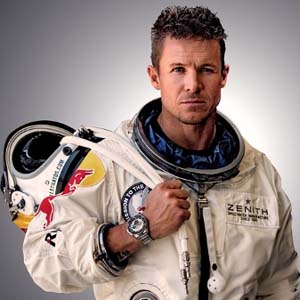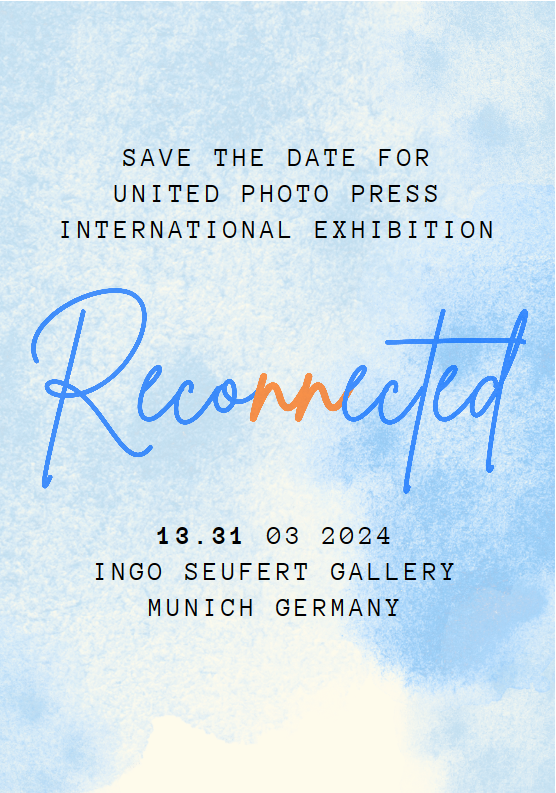(Above image by Garry Winogrand)
If you want to get a deeper insight into street photography and take better photos, I feel it is very important to study the work of the street photographers who came before us and paved the way for the rest of us. Not only that, but reading the quotes and words by these influential street photographers is a great way to train your mind to take better photos as well. Below are some of my favorite street photography quotes that are concise, inspirational, and have influenced me in one way or another.
1. “If your photos aren’t good enough, then you’re not close enough” – Robert Capa
This was one of the first quotes that hugely influenced my street photography. When I started to shoot, I was too timid to get close to strangers to get intimate with them and tell their personal story. Over time I started to build the nerve to get closer to my subjects and to not only frame them better, but also talk and interact with them.
However don’t mistake this quote for getting close simply for the sake of getting close. Simon Garnier put together a great post recently saying that you only need to get close enough to get the scale or perspective you need to capture the moment.
2. “Photographers mistake the emotion they feel while taking the photo as a judgment that the photograph is good” – Garry Winogrand
When you are out shooting and you felt that you got a “keeper” it is easy to run home, post-process the image, and upload it to the internet for the rest of the world to see. However this quote by Garry Winogrand helped me realized that it is very important to slow down this process, and to not let your emotions dictate whether the photo was good or not. Winogrand would even sometimes wait an entire year before looking at his images to judge his images on their form and content.
Nowadays I try to wait either a few days or a week before deciding whether my photo is a “keeper” or not. This has helped me build some more objectivity in my images, as there have been times that photos I first thought were good really weren’t.
3. “Since I’m inarticulate, I express myself with images.”- Helen Levitt
Street photography is all about telling stories, and also a mode of self-expression. When you look at the images of a street photographer, you are also getting a look into their soul. Cartier-Bresson was originally trained as a painter, which he expressed romantic images through his photography.
Craig Semetko was trained as a comedic actor and writer for 20 years, and shows his humor through his images. I studied Sociology as an undergrad, which explains why I like to get close and interact with my subjects.
When you are out shooting, think about what story you are trying to tell– and how your images express a bit of who you are.
4. “To me, photography is an art of observation. It’s about finding something interesting in an ordinary place… I’ve found it has little to do with the things you see and everything to do with the way you see them.” – Elliott Erwitt
Elliott Erwitt was the master of finding the beauty in the mundane and making it something extraordinary. Through his long tenure as a street photographer, he shot children, dogs, and ordinary scenes and made them fascinating. The beauty of street photography is that you don’t need to go long and far to take an interesting photograph. All the greatest photo-opportunities are right in your backyard, regardless of where you live.
Even if you spend all your time driving and commuting, Lee Friedlander had a series in which
he shot America through his car and made some fascinating photographs. Keep your eye open for ordinary things and make them extraordinary.
5. “It is more important to click with people than to click the shutter.”- Alfred Eisenstaedt
Although I love to create memorable street photographs, I am even more interested in the people I meet or interact with. As a rule of thumb, I always try to smile and say “thank you” to the people I shoot. The vast majority of them give me back a warm smile and say “thank you” back. I find this is especially true when you get incredibly close to people. It is extremely important to be genuine with the people you shoot, as they are human beings and we must treat them with respect.
6. “I suspect it is for one’s self-interest that one looks at one’s surroundings and one’s self. This search is personally born and is indeed my reason and motive for making photographs.” – Lee Friedlander
Street photography is all about the journey to express yourself and finding who you are. Through my own street photography my style has evolved quite a bit. I first started shooting images similar to that of Cartier-Bresson, by focusing on scenes, geometry, shapes, people, and capturing the decisive moment. However as my environment changed, I found out that my interests in photography changed as well. The previous style of photography I was doing no longer interested me, and I wanted to try something new. I stumbled upon the work of Gilden, experimented getting close with a flash, and now it just feels right to me.
Finding your own style when it comes to street photography is a life-long journey. It is still something that I am searching for myself, so don’t feel frustrated if you can’t discover it over night. The only way to learn is to constantly go out there and shoot– and stay on the f*cking bus.
7. “I love the people I photograph. I mean, they’re my friends. I’ve never met most of them or I don’t know them at all, yet through my images I live with them.” – Bruce Gilden
I had the huge pleasure of meeting Bruce Gilden when I was at the Leica Magnum event in Paris and despite his rough and tough attitude, the guy was very down-to-earth, honest, and sincere. We had a discussion about his photography and he told me how he is often misunderstood for his motives when shooting. Gilden also studied sociology when he was in school, and he is particularly interested in the people he shoots and sees them as his friends. Despite that people may misinterpret him as an asshole, he is genuine about the people he shoots and feels a sense of closeness to them.
8. ”There is a creative fraction of a second when you are taking a picture. Your eye must see a composition or an expression that life itself offers you, and you must know with intuition when to click the camera. That is the moment the photographer is creative. Oop! The Moment! Once you miss it, it is gone forever.”- Henri Cartier-Bresson
As street photographers, we are constantly trying to chase “The Decisive Moment”. It is part instinct, intuition, preparation, luck, and skill. However I would argue that the most important part is preparation. As Woody Allen once said, ”80 percent of success is just showing up”. Therefore in order to capture the decisive moment, you must always carry your camera with you everywhere you go and shoot constantly. If you have ever accidentally left your camera at home, you know how painful it is to miss the decisive moment and bash yourself in the head.
9. “Seeing is not enough; you have to feel what you photograph” – Andre Kertesz
When you are out there shooting, don’t only shoot with your eyes. Shoot with your heart. Put your soul behind your images and you will create images that not only inspire but touch the people you show them to.
10. “Be yourself. I much prefer seeing something, even it is clumsy, that doesn’t look like somebody else’s work.” – William Klein
Draw inspiration from street photographers you admire, but try to be different, innovate, and experiment. If you haven’t been shooting for a long period of time, it is easy to get your photography compared to the work of another. Try your best to stand out and be unique. Experiment with different focal lengths, angles, shutter speeds, apertures, and equipment. Find what you are comfortable working with and make your style your own.
If you want to learn more about how to shoot better street photographs and learn from the masters, check out my upcoming workshops in Los Angeles, San Diego, Chicago, Toronto, Tokyo, and Malaysia.











